Whether you're an avid crafter or starting your own small business and want to handle the merchandising yourself, Cricut machines can help create some truly impressive projects. Here's how each model compares to the next, and which one you should check out.
Maybe you've known about Cricut for a while from the company's marketing to crafters. Or perhaps you've only recently seen them at your local Big Box Store, and you're suddenly interested in what this machine can do.
If you're in the market for one of these devices, we've compiled a helpful guide that walks you through the differences between machines, which can help you make a more informed purchasing choice based on your needs.
The Cricut lineup at a glance
There are a few things to keep in mind before buying a Cricut. First, you'll want to make sure that you have a space for it, as many of the machines can be considerable in size.
Secondarily, of course, you'll want to make sure that the machine you purchase works for the projects you'd like to do. If you're planning on primarily cutting paper, vinyl, and cardstock, a model in the Explore lineup will work well here.
To cut thicker materials — or if you need to cut fabric — the Cricut Maker series will be a better bet.
If you're just starting into machine cutting or interested in getting a machine for a younger member of your family, the Cricut Joy may be for you, too.
It's a smaller, more portable machine that you can use to do smaller projects. For example, the Cricut Joy is primarily used for cutting smaller stickers and decals, cards, and labels.
Here's a handy chart that provides a bit of information about the machines at a glance:
| Â | Cricut Joy | Cricut Explore Air 2 | Cricut Explore 3 | Cricut Maker | Cricut Maker 3 |
|---|---|---|---|---|---|
| Dimensions (inches) | 8 x 4 x 4 | 22.6 x 7.1 x 6.2 | 22.6 x 7.1 x 6.2 | 24 x 9.5 x 9.5 | 22.1 x 7.1 x 6.2 |
| Weight (pounds) | 3.9 | 10.9 | 10.9 | 10.7 | 15.4 |
| Max material width (inches) | 4.5 | 12 | 13 | 12 | 13 |
| Max cut length (feet) | 20 | 1.9 | 12 | 1.9 | 12 |
| Material compatibility | Basic, Specific Smart Materials | Basic | Basic, Smart Materials | Basic, Advanced | Basic, Advanced Smart Materials |
| Tools | 3 | 6 | 6 | 13 | 13 |
| Print-then-Cut feature | No | Yes | Yes | Yes | Yes |
Cricut Tools
Cricut allows users to quickly swap various tools in and out to perform multiple tasks. Most of these tools are miscellaneous craft knives and blades, but the Cricut can do more than cut.
In fact, the Cricut also draws, scores, perforates, engraves, debosses, and can do foil transfers — depending on the machine.
Tools that work across both Explore and Maker lineup
Regardless of which machine you pick — with the exception of the Cricut Joy — there are a few tools that work with both machines. These include:
- Fine-Point Blade
- Deep-Point Blade
- Bonded-Fabric Blade
- Scoring Stylus
- Cricut-branded pens and markers
- Foil Transfer Tips
Tools exclusive to the Maker Lineup
However, in addition to the tools listed above, the Cricut Maker lineup has several other tools that it can make use of. These include:
- Scoring Wheel
- Double Scoring Wheel
- Wavy Blade
- Knife Blade
- Rotary blade
- Engraving Tip
- Debossing Tip
Tools that work with the Cricut Joy
Because the Cricut Joy is smaller, it actually only takes Cricut Joy branded tools. It cannot use any of the tools that work with other machines.
The tools that work with the Cricut Joy are:
- Cricut Joy Blade
- Cricut Joy Foil Transfer Kit
- Cricut Joy markers
Compatible materials
While Cricut doesn't use the terminology "basic" or "advanced," it's worth noting there's a pretty significant difference between the Explore and Maker lines. The Maker lines, for instance, can cut over 300 materials, while the Explore line cuts around 100.
You're probably still wondering what basic and advanced materials are, so we'll break down what those mean below.
Basic materials
Most average craft projects are going to involve basic materials. These are materials that can be cut with either the fine point or deep point blades, and they include:
- Vinyl, including iron-on, permanent, removable, metallic, stencil, chalkboard, and whiteboard vinyl
- Cardstock, including but not limited to glitter, foil, and textured cardstock, as well as photo paper
- Adhesive foils
- Certain fabrics, including burlap, bonded fabrics (fabrics that have an adhesive adhered to them, making them more rigid,) paper thin faux leather, thin felt, fusible fabric, thin leather and suede
- Mylar
- Wrapping paper
The general rule is that if you think you could cut through it relatively easy with a craft knife, you may be able to figure out how to cut through it with a Cricut Explore machine.
Advanced materials
There may be cases where you want to cut through unbonded fabrics or particularly fussy materials. For that, you're going to want to snag a machine from the Maker line. The Maker can handle all basic materials, as well as:
- Soft woods up to 2.4mm thick, including balsa and basswood
- Wood veneers
- Craft foam
- Unbonded fabrics (using the Rotary Blade)
- Chipboard up to 2mm thick
- Matboard up to 1.5mm thick
- Artboard
- Leathers up to 2.4mm thick
Typically these materials need specialized blades, such as the rotary blade for unbonded fabrics or the Cricut Knife blade for thick materials.
Additionally, the Cricut Maker can engrave soft metals, deboss leather and paper, and use tools such as the perforation blade and wavy blade.
Smart Materials
Cricut has also created a new line of materials dubbed "Smart Materials." They are designed to be used without a cutting mat, which means they can have a much longer maximum cut.
This is specifically useful when you need to make a cut longer than 1.9 feet. In fact, you can cut up to 12 feet in one go using Smart Materials. However, that is only useful if you're making banners, signage, or wall art.
Smart materials come in a variety of material types, including types of vinyl, sticker papers, and iron-on.
Only the Cricut Explore 3 and the Cricut Maker 3 are compatible with the main lineup of Smart Materials. There is, however, a limited lineup of Cricut Joy-specific Smart Materials, as well.
The App
All Cricut machines — including the Cricut Joy — can use Cricut Design Space. This is the only software that can be used to control your Cricut.
Design Space is available on Mac, Windows, iPhone, iPad, and Android.
We go into quite a bit of detail on our Cricut Maker review about Cricut Design Space.
Go big or go home
In our opinion, it's probably best to purchase from the Cricut Maker lineup rather than something from the Explore line. Frequently, both Amazon and Cricut hold sales that make the price between the Cricut Maker and the Cricut Air Explore 2 somewhat negligible.
Unless you're planning on creating wall art or signage, the Maker 3 is not a significant upgrade over the Maker. The slightly faster-cutting speed paired with the ability to use the Smart Materials isn't worth the extra $150.
Unless you have a very small space or you only plan on cutting tiny projects, the Cricut Joy is probably a bit too limited for the average home user.
If you're interested in snagging your own Cricut, you can get the following machines on Cricut's website, or with two-day shipping at Amazon:
Cricut Explore Air 2: Available starting at $179.00, with variation in pricing by color
Cricut Explore 3: Available starting at $249.00.
Cricut Maker: Available starting at $229.00, with some variation in pricing by color
Cricut Maker 3: Available starting at $378.00.
Cricut Joy: Available starting at $119.00
 Amber Neely
Amber Neely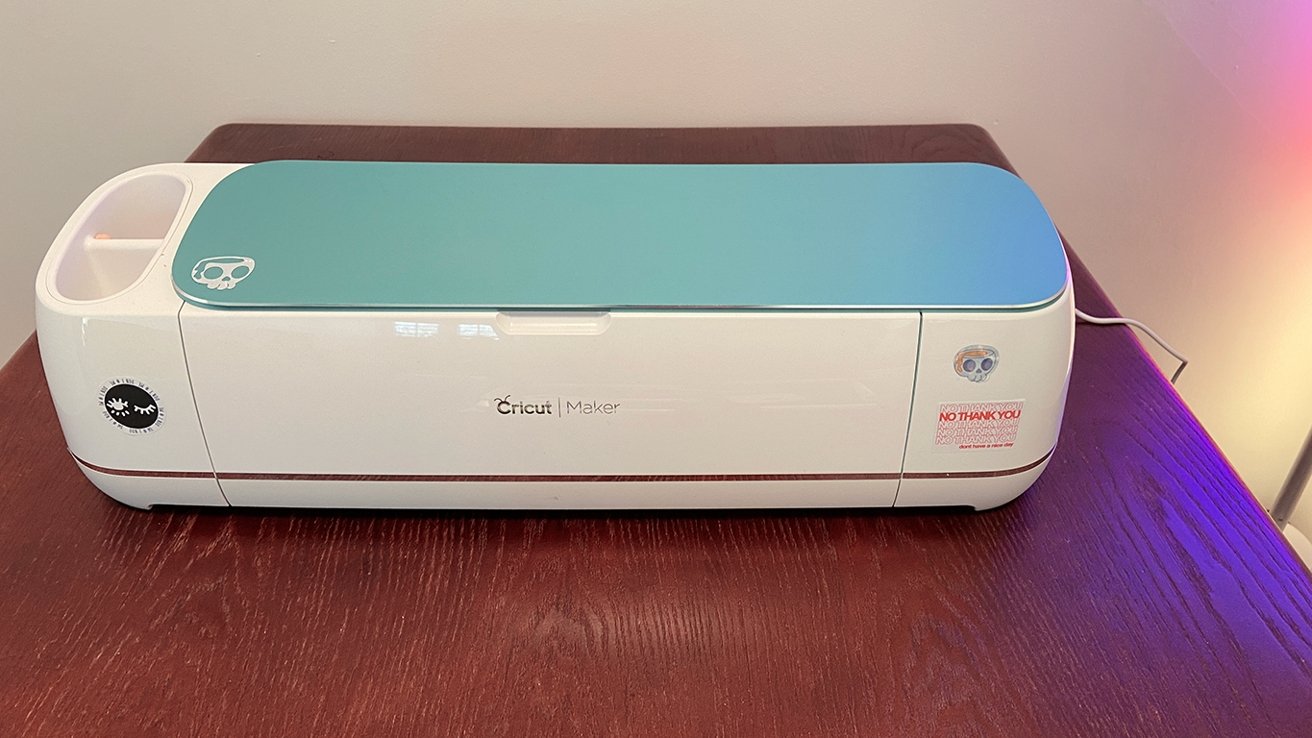
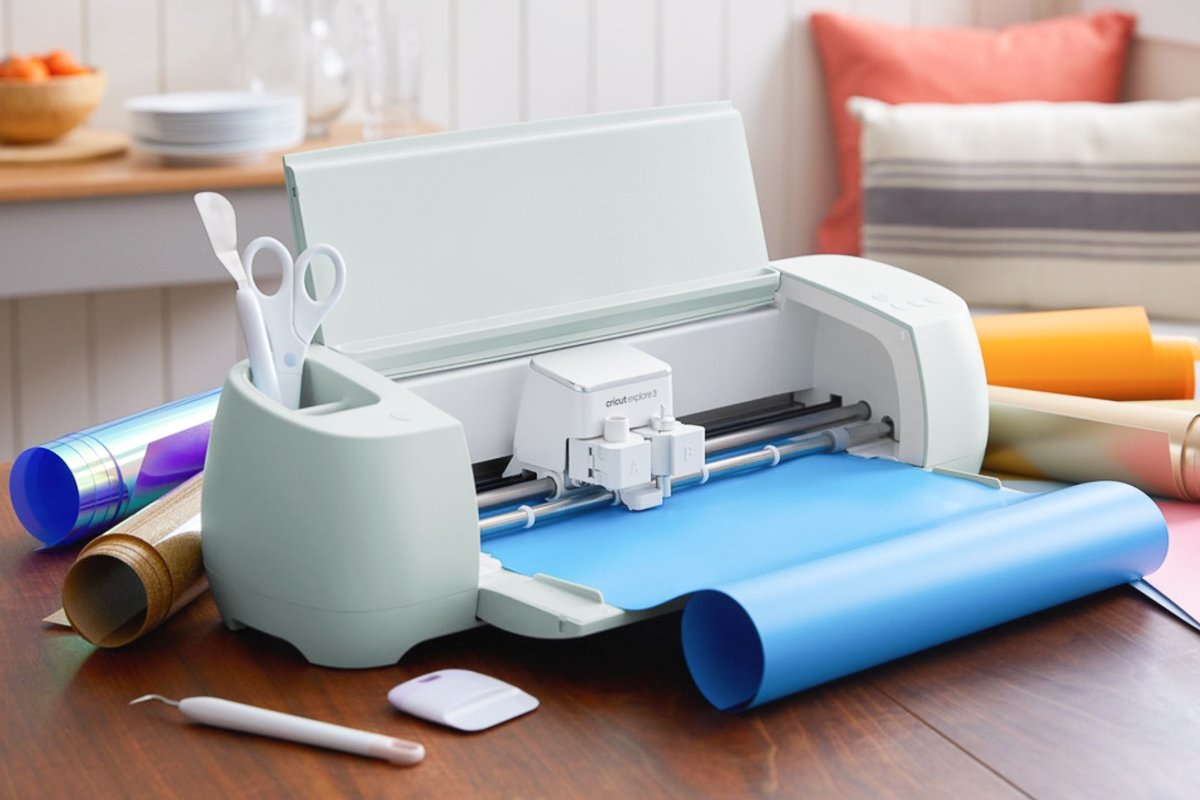
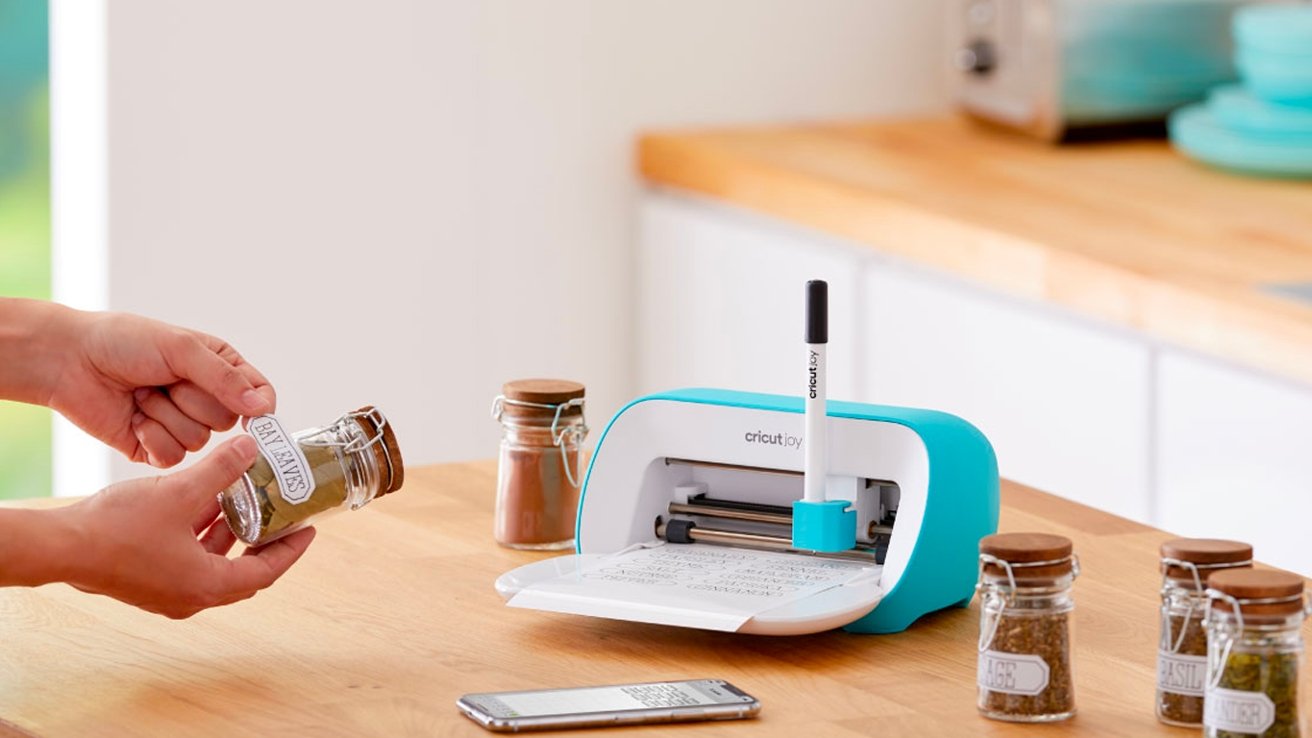


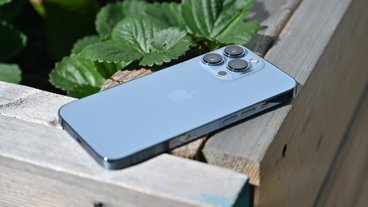

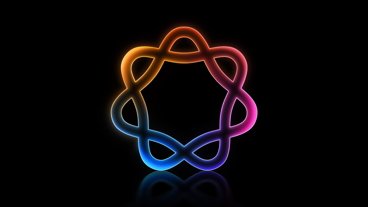


-m.jpg)






 Malcolm Owen
Malcolm Owen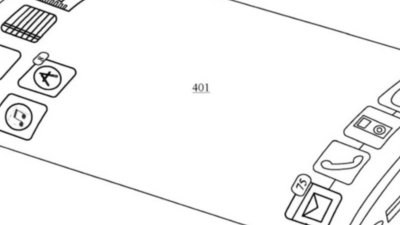
 William Gallagher
William Gallagher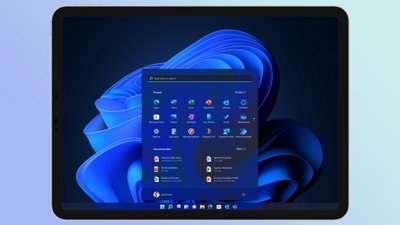
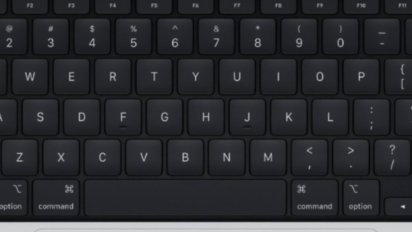
 Wesley Hilliard
Wesley Hilliard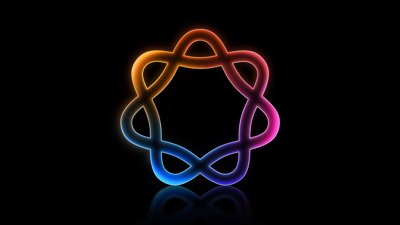
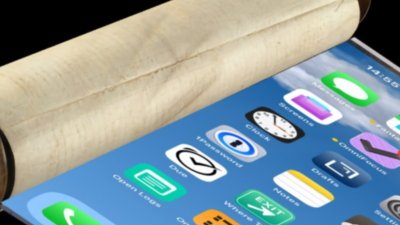
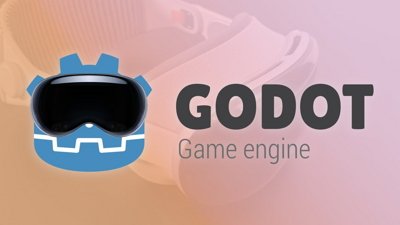

 Christine McKee
Christine McKee
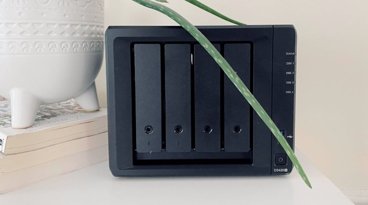



-m.jpg)




9 Comments
I’m sorry, but who am I again to need this machine?
Every time I read atheist headline for this product I think it’s for a circuit board maker of some sort.
This an the stick vacuum article are making me rethink whether I want this app in my life.